Guided Mindful Hiking Practices
Theme chosen: Guided Mindful Hiking Practices. Step onto the path with presence, purpose, and care. Together we’ll trade speed for sensitivity, turn breath into a compass, and discover how guided attention transforms every trail.
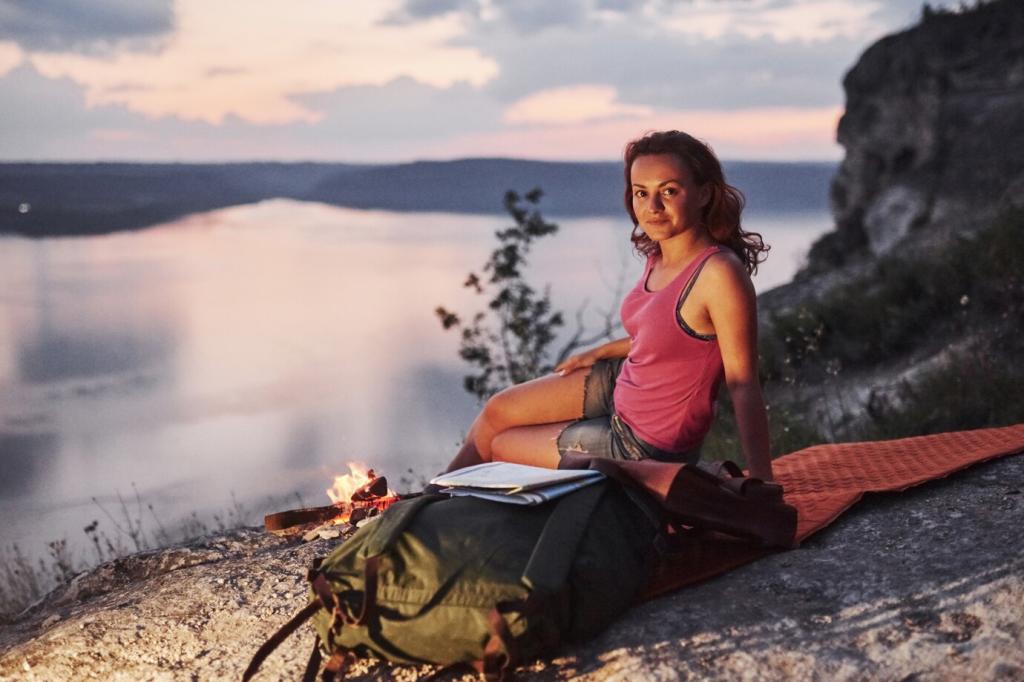
A simple arrival ritual
Before footsteps multiply, pause at the trailhead. Feel ground under feet, inhale for four, exhale for six, name your intention aloud. Invite curiosity, safety, and gratitude to guide today's mindful journey.
Choosing a compassionate pace
On guided mindful hikes, pace is a promise, not a performance. Choose a rhythm that keeps conversation possible and breath steady, letting attention expand rather than chasing distant summits.
Inviting curiosity over conquest
Swap mileage goals for questions. What textures do your boots meet? Which trees host lichens? How does sunlight shift your mood? Curiosity keeps the group present, connected, and safely tuned to surroundings.
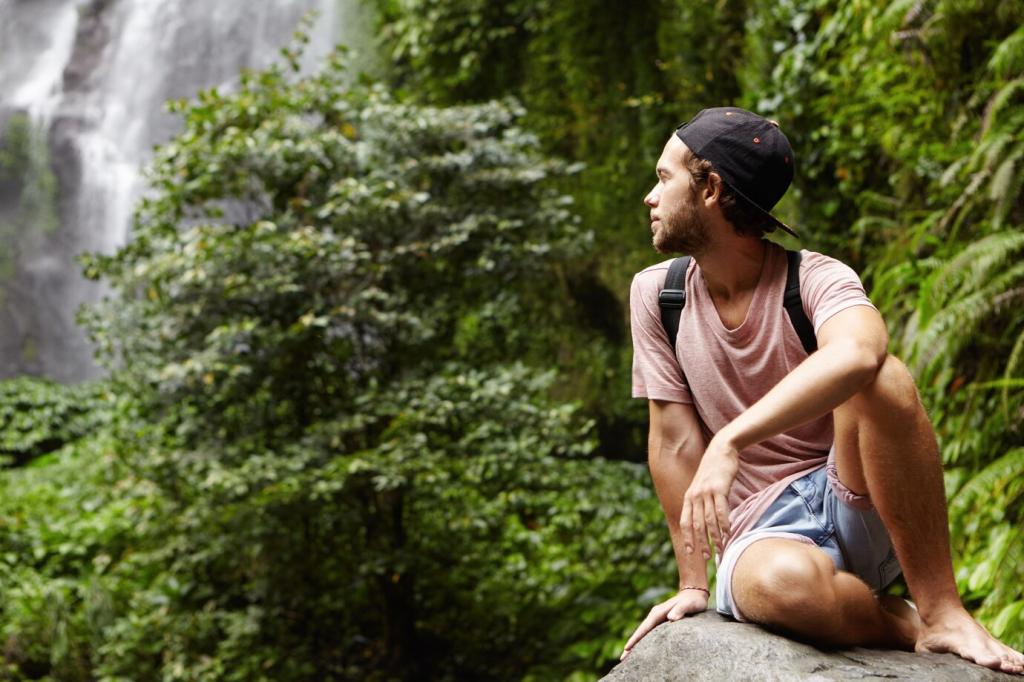
Breath, Posture, and Pace: The Mindful Mechanics of Walking

Try a four-step inhale and six-step exhale on gentle grades; reverse when climbing. This metronome softens chatter, steadies attention, and gives guides a simple, shared rhythm to cue.
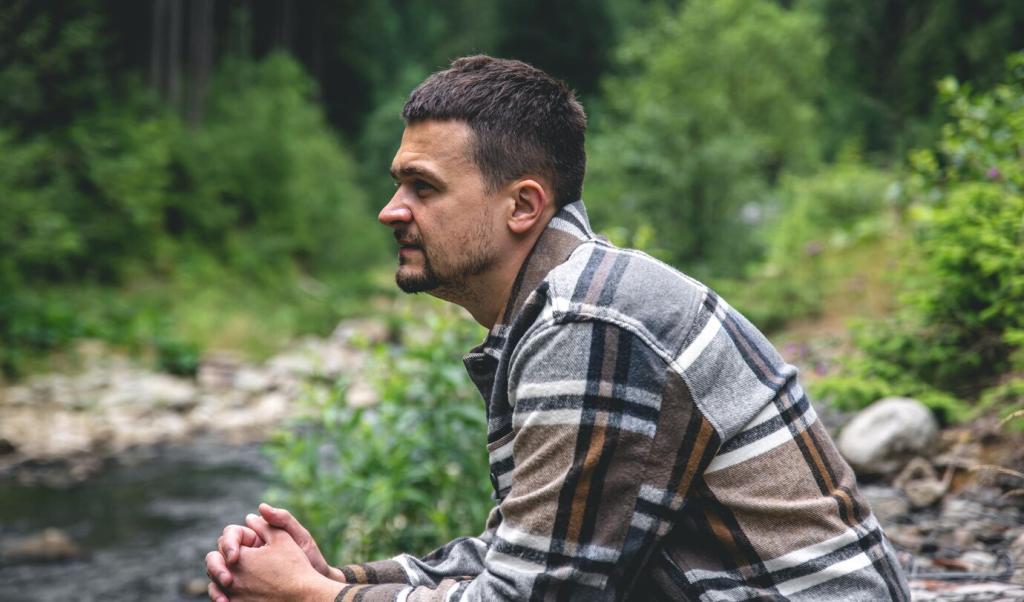
Practice soft focus that holds the whole scene rather than fixating on a single point. This reduces eye fatigue and invites wonder as clouds, branches, and light shift together.
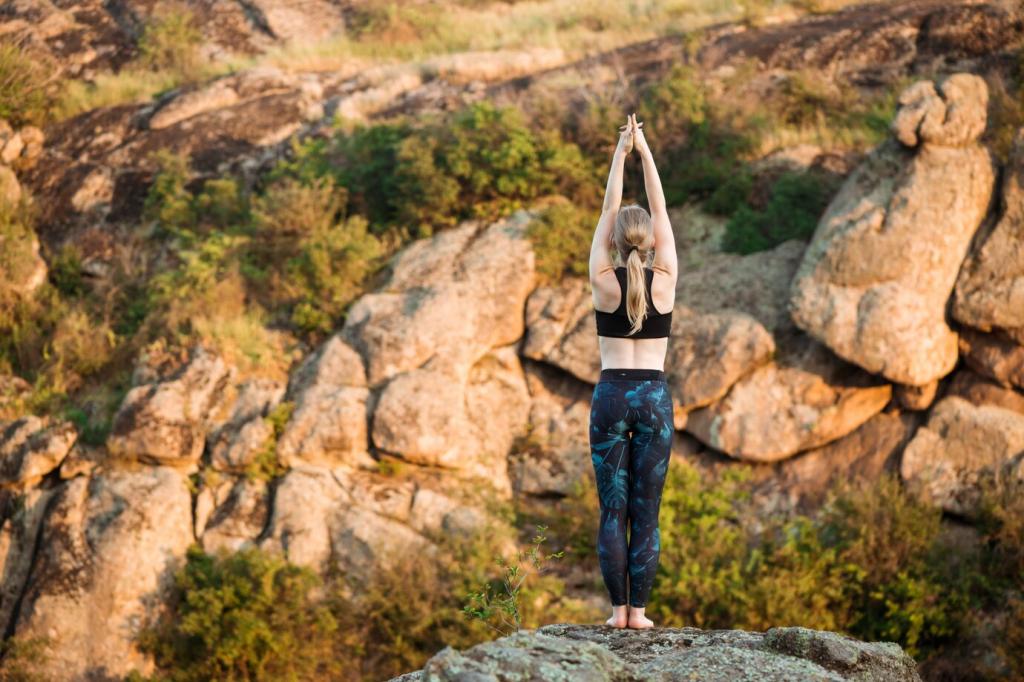
Pause and point gently as each hiker names a sound from near, mid, and far distance. The chorus becomes a map, sharpening safety awareness while deepening communal presence.

With leave-no-trace care, invite touch where appropriate: rough bark, cool stone, sun-warmed pine needles. Textures anchor attention in the body, easing anxious loops and brightening trail curiosity.
On-Trail Micro-Meditations for Guided Groups
Guide a quick scan: five sights, four sounds, three tactile sensations, two scents, one gratitude. In two minutes, the group resets, attention steadies, and nervous systems rejoin the landscape.
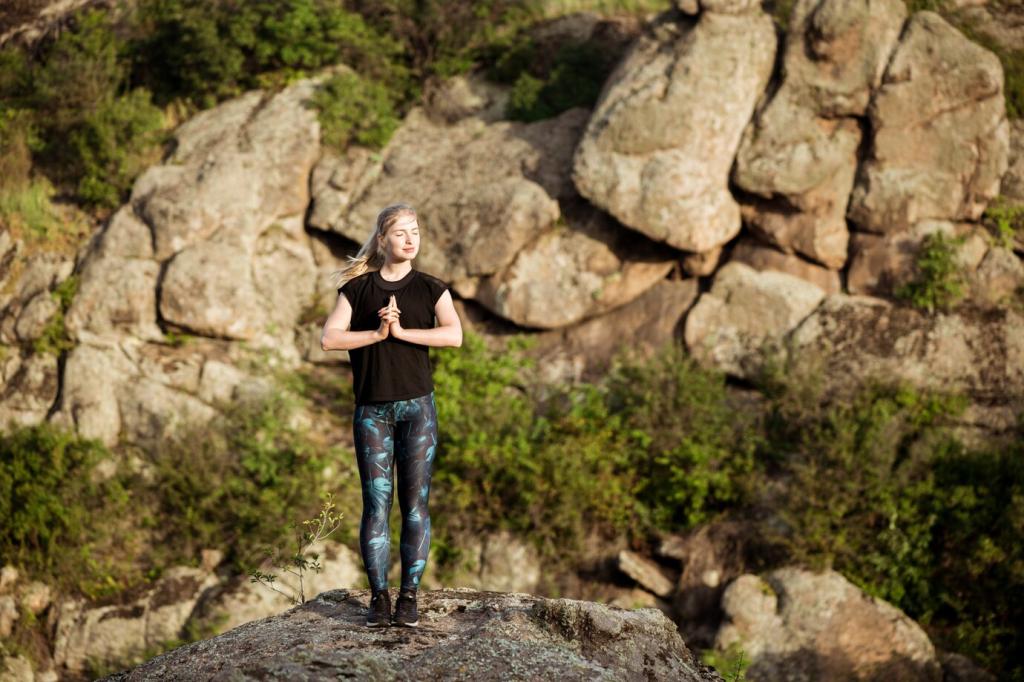
Guiding With Care: Safety, Inclusivity, and Ethics
Agreements for silence and sharing
Before stepping off, co-create agreements: moments of silence, hand signals for needs, gentle check-ins. Clear norms make mindful space feel safe, welcoming, and adaptable for different comfort levels.
Inclusive invitations, never instructions
Offer options: benches for rests, alternative routes, seated meditations. Language like if you wish preserves autonomy, crucial for trauma-aware guiding and truly mindful, consent-based outdoor experiences for everyone.
Leave No Trace, elevated by mindfulness
Go beyond rules: notice impacts before they happen. Choose durable surfaces, speak quietly, and celebrate small wildlife encounters from respectful distances. Ethical presence keeps future mindful hikes possible.

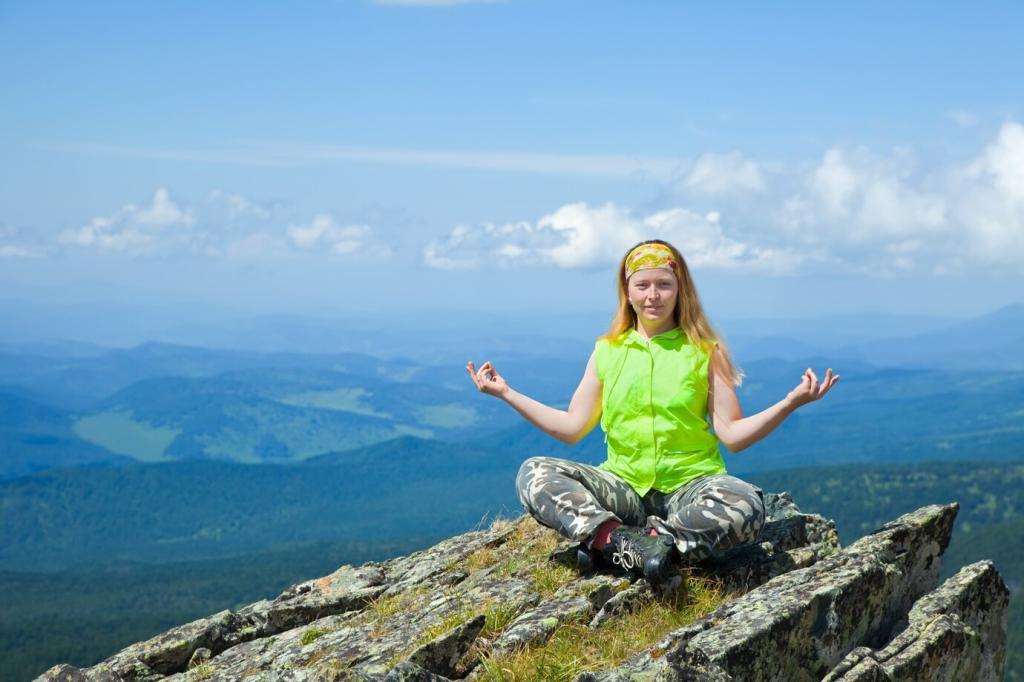
Stories, Journals, and Integration After the Walk
Last spring, guiding along a creek, we slowed to match a thrush’s rhythm. Someone whispered, I hear my heartbeat again. That tiny pause changed the whole morning’s ease.
Stories, Journals, and Integration After the Walk
Invite three lines: What did I notice? What shifted inside me? What kindness did I offer the trail? These prompts anchor insights and prepare attention for the next guided practice.
